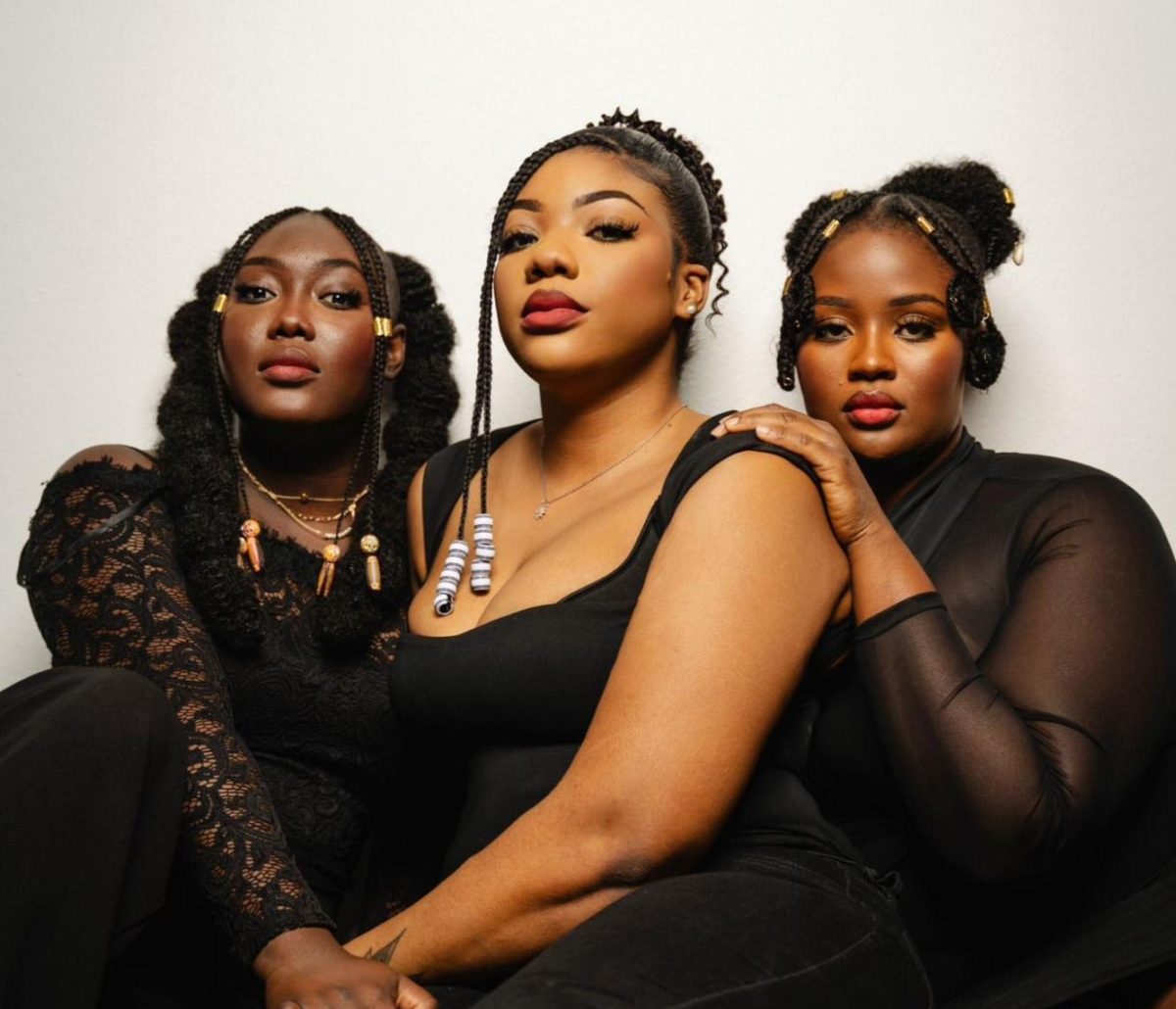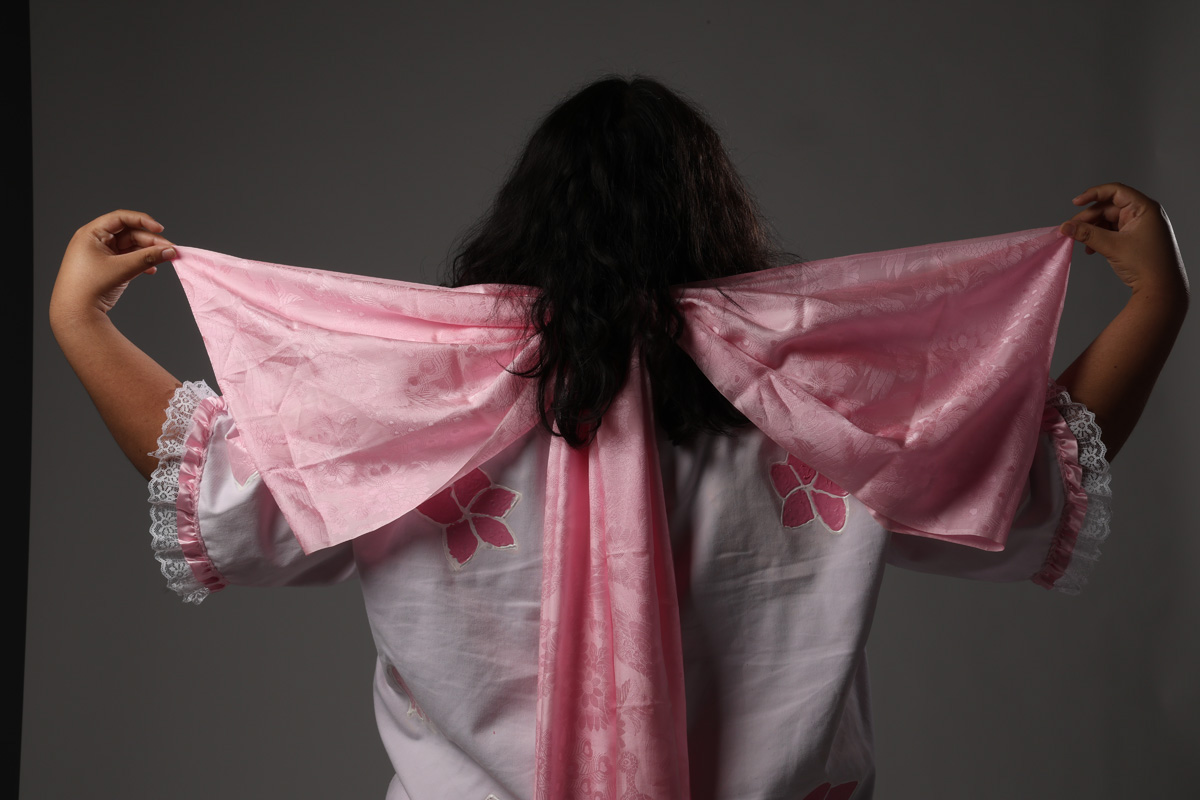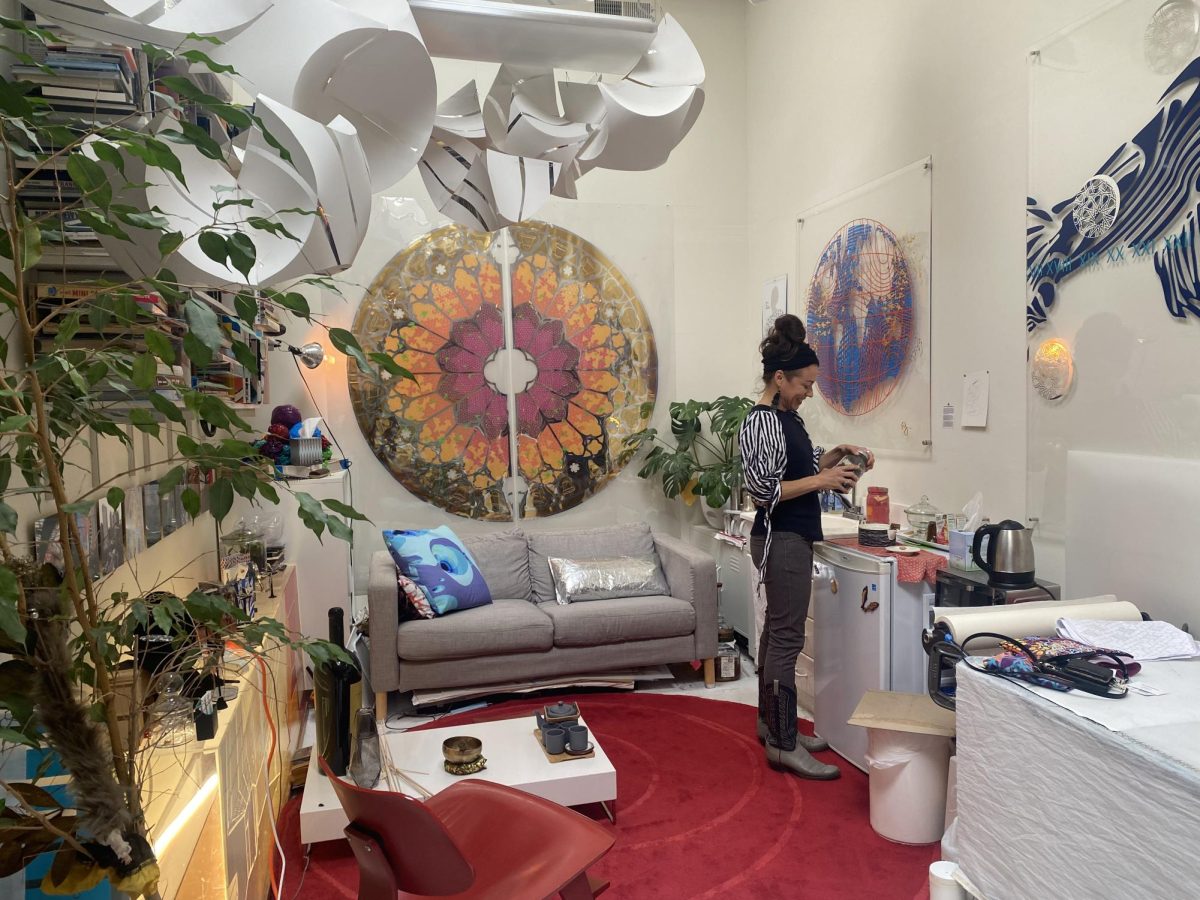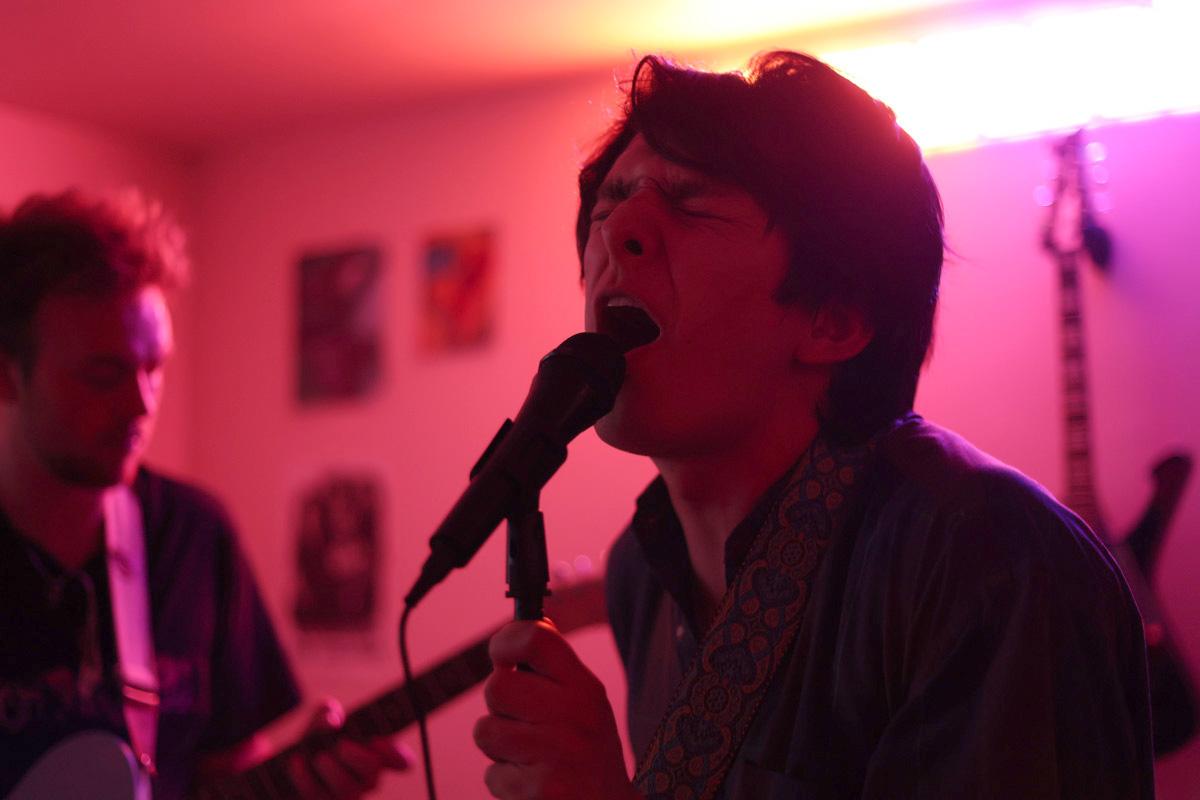
Marcela Garcia holds up her iPhone 4s and turns on the front-facing camera, adjusting a light at her desk. The twenty-eight-year-old editor from Alberta, Canada, wants the light to shine on her face so she can show off her red stained lips and blue eyeliner. After trying on a few smiles and snapping a few practice shots, she finally finds one that she thinks looks genuine and clicks. Happy with the results, she types out a caption to go along with the portrait, “Canadian Guatemalan woman working in editing. #Latina.”
Garcia is one of many Latina women taking part in the #Latina Tag Project, an online selfie campaign on Tumblr dedicated to ‘reclaiming’ the Latina identity.
“Every time this blog posts a selfie of a beautiful Latina, it’s promoting how intelligent, ambitious, and beautifully diverse we are as an ethnic group. It’s important for me to submit a selfie to the blog for this reason,” says Garcia.
In 2012, Xochlit Montaño, a Spanish professor at the University of Arizona, noticed that the Latina tag on Tumblr was full of porn. Tired of the overly sexualized images that the tag portrayed, she created the #Latina tag project. The blog became a place where Latina women could send in their selfies along with any information about themselves—their background, goals, and accomplishments to showcase. Since the start of the project, the site has garnered a wide variety of images, from selfies taken at work, school, and even during a college graduation. For Montaño, and the many women submitting to the project, selfies are more than just images: they are an “act of resistance.”
“Selfies submitted to us reclaim identity because they are evidence that Latina women exist outside the stereotypes, proving we’re strong and intelligent women that come in all kinds of colors, races, shapes, sexual orientations, social classes, nationalities, and an array of other traits,” says Montaño.
Throughout history, we have developed a collection of portraits depicting people we find to be highly influential and elite, from photos of the great Albert Einstein, to fifteenth century oil paintings of the famous philosopher Aristotle. In the past, only the wealthy and most iconic people had their portraits done; but with today’s social media tools, you can easily become one of those people by grabbing your smartphone and capturing a photo of yourself.
When the trend gained traction last year, photos were taken mainly for self-promotion or documentation. These images carry more meaning as selfies now have become a watershed phenomenon in social media activism. We have reached a new plateau in the selfie-sphere, and it might be time to start taking selfies a little more seriously.
Thanks to the power of social media and the easy access to more photo-taking devices, selfies have become an effective vehicle for storytelling and promoting change.
Since the Oxford Dictionary announced selfie as the word of the year for 2013, charities and organizations have been creating numerous marketing campaigns with the digital self-portraits. And, so far, they have become so widespread due to the large amounts of people participating in them. These simple camera phone photos give the selfie-takers the chance to feel like they are genuinely making a difference.
But not everyone views selfies as this new, helpful tool for activism. Since the invention of the camera phone in 1997, and the Myspace era of 2003, these images were perceived as cries for attention. People who share photos of themselves are continuously mocked by others; people scroll past selfies with the notion that whoever takes them has serious mental issues, depression, or a lack of self-esteem.
Reactions against the photo hype have been growing frantically ever since the hashtag started trending last year. The photos seem harmless, yet people are pissed. Those opposing the monstrous influx of photos on social media sites are posting “anti-selfies,” parody photos of real selfies. Anti-selfie believers are deliberately taking photos of themselves with bizarre facial expressions and hashtagging them #antiselfie. Some cover their faces, and some call out those who post selfies. Right now, there are nine thousand four hundred and forty-nine Instagram photos hashtagged #antieselife.
Two months ago, a Greek developer released SLMMSK, the “first realtime anti-selfie app.” The facial recognition app takes users’ images and distorts them with 3D effects, color shifting, and granulation. The result is a glitchy looking portrait. A Tumblr blog, called GlitchSelfies, shares a collection of images created with the app.
The anti-selfie movements seem endless. There are anti-selfie Facebook groups and community pages; the Lox, a New York rap group, released a song last month entitled, “No Selfies,” going off on our generation’s apparent self-indulgence, complaining about the world’s “Instagram garbage.” Felicity Morse of London, took it to a whole other level last year by creating a petition on change.org dedicated to killing the trend. Morse ordered selfie-takers from around the world to “STOP SAYING SELFIE” and join her “anti-selfie revolution.” Morse is shit out of luck though, with only a hundred signatures, it is highly unlikely selfies are disappearing anytime soon. There are currently one hundred seventy-seven million Instagram photos hashtagged #selfie, and the number continues to grow.
People dislike selfies, but chances are, everyone has taken them at least once in their life. Even Pope Francis has taken one. Last year, a study by the Pew Research Center found that 55 percent of millennials in the United States have posted a selfie on a social media site. On average, about 26 percent of all Americans have shared one.
There is no denying that selfies have become a major part of our lives. But are these photos really as bad as these haters make them to be? We live in a world with such absurd standards, from how to look, act, dress, and think. Every day over social media, we are bombarded with countless images that tell us who and what we should be, and we constantly feel the need and pressure to live up to those standards. Why? Because, as humans, we crave acceptance.
In a society that is so bent up on perfection, what is so wrong with celebrating yourself? With having confidence? With taking advantage of social media tools to influence change?
Believe it or not, selfies hold a lot of power. These trending images are redefining beauty standards for young girls and women, shaping the identities of young people, and promoting causes. For the most part, our photos have moved far away from vanity and self-indulgence. The focus of our selfies has transformed into something much greater: selflessness.
In this post-selfie scene, photos have inspired activism and advocated for self-empowerment. Fedoras for Fairness, a campaign by the National Domestic Workers Alliance and the National Asian Pacific American Women’s Forum, uses selfies to talk about the United States’ immigration reform. Take a selfie wearing a fedora or any type of hat and hashtag it #Fairdoras, and, once you are done, include a personal story or caption as to why you think immigration reform is important, then post it to your social media accounts. In this sense, an ordinary hat has become a metaphor for a brighter future, and wearing one means you are in support of a brighter future for immigrants.
Project Unbreakable encourages sexual assault survivors to take selfies holding signs of quotes from their rapists. The idea is to give voice to the victims and raise awareness. Other campaigns like Dove’s #BeautyIs project and the hashtag #shamelessselfie, are using selfies to redefine the media’s beauty standards.
Marcela Garcia goes through the photos submitted to the Reclaiming the Latina Identity blog and smiles.
“What these other Latinas were doing was empowering because they were all coming together for a single cause. Seeing all that pride and affection for their home country was contagious and inspiring,” says Garcia. For her, it was amazing to know that she is one of many.








